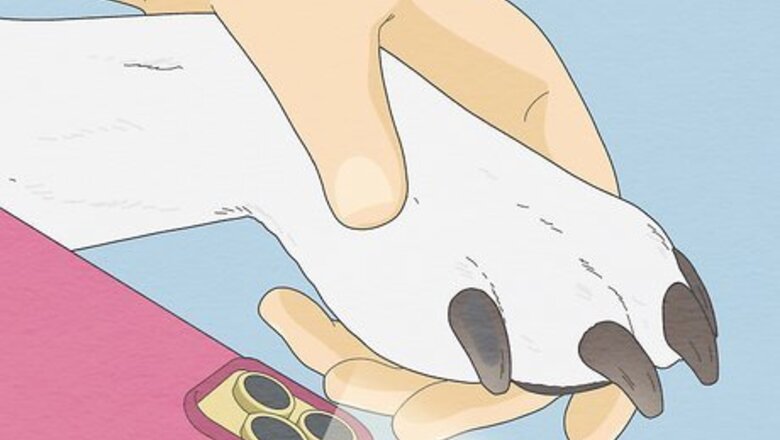
views
- Shine a flashlight through your pup's claws to reveal the shadowy quick within the nail.
- Check the underside of the nail to find the quick; it's above the nail tip's triangular, hollow groove.
- Trim safely by making small, 45° cuts with dog nail clippers until you reach the dark circle (or pulp) in the middle of the nail.
- Use a nail file or rotary grinder to trim nails without nicking the quick.
Ways to Identify the Quick

Shine a flashlight beneath your dog’s nail. Using a small flashlight or your phone light, extend your pup’s nails directly over the light. Hold the nail between your thumb and pointer finger where the nail curves. Look for a dark mass inside the nail. If your pet’s nails are thin enough, you’ll see the quick as a shadowed area.

Locate the groove beneath the nail. Examine the underside of your dog’s nail; notice how the thickest part of the nail is closest to the paw, with the nail thinning and hooking towards the tip. Look for a grooved, hollow triangular area close to where the hook begins. This hollow segment of the nail tip can be safely trimmed; the quick begins above it.

Try a test squeeze. Gently squeeze the clippers against the nail, applying pressure without cutting it. Gauge your pet’s reaction: the quick contains sensitive nerves, so if your dog tries to pull away, you’re likely pinching the quick. Move the clippers further down towards the nail tip.

Clip tiny portions of the nail. Check the cut surface of the nail after every clip. Look for a dark spot (called the pulp) in the center of the white surface. Stop cutting when you see the spot because you’ve almost reached the quick.
What is the quick?
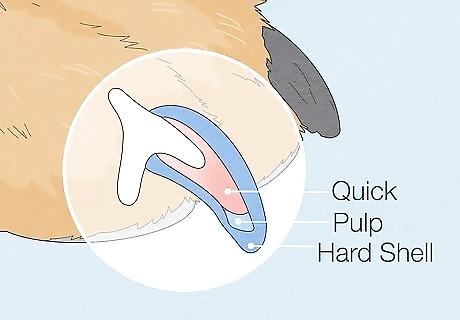
The quick is tissue that contains nerves and blood vessels. If you cut the quick, it will bleed. The quick is encased in a thin sheath called the pulp, and a hard outer shell surrounds and protects it. Cutting your dog’s nails entails trimming the tip off the hard shell. When you clip a black nail, the cut surface is white. Right before you reach the quick, you’ll see the pulp as a dark spot in the center of the nail.
How to Trim Black Dog Nails
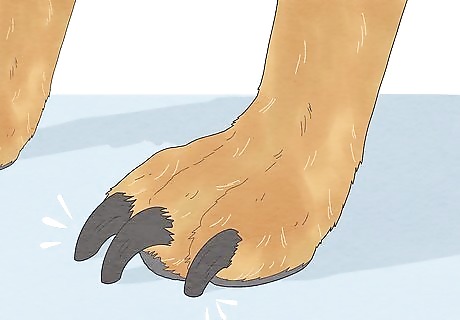
Cut your dog’s nails once they touch the ground. If you can hear their nails tip-tapping on the floor, it’s time for a pedicure. Or, hold up the paw and look at it from the side. If the nail extends past the pad for that toe, it could use a trim. Long nails make your dog prone to health problems. Overgrown nails push the foot into an unnatural position, causing harmful changes to your dog’s posture and gait. Your dog may suffer from orthopedic issues, arthritis, and torn nails if their nails aren’t trimmed regularly.
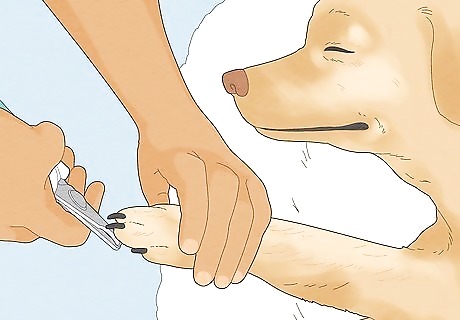
Clip your pup’s nails when they’re calm. Wait until they’re worn out from a walk or a game of fetch. It’s much easier to cut the nails of a sleepy dog than a speedy one! Lay your pet on their side and drape your arms and upper body over them for easier clipping if they have the wiggles.
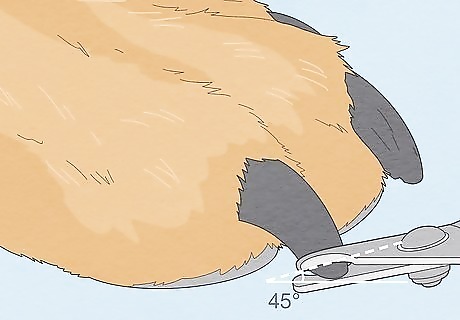
Trim nails at a 45° angle, removing small bits at a time. Grip your dog's toe firmly between your thumb and forefinger. Make multiple cuts with dog nail clippers until you see the dark pulp in the center of the nail. Treat each nail individually; they won’t all need to be cut the same amount.

Stay calm if you nick the quick. Press styptic powder or a styptic pencil against the nail to stop the bleeding. Other household remedies include corn starch or a clean bar of soap. They don’t work as quickly as styptic powder, but they’ll do in a pinch. Give your pal a treat and they’ll be just fine. Accidents happen, and it doesn’t make you a bad pet parent. It looks scary, but your best bud is going to be okay. No healthy dog has ever died from a nicked quick.
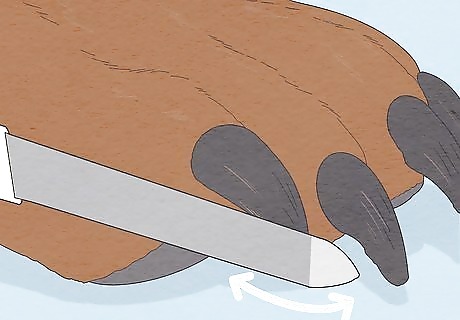
Use a nail file or rotary grinder if clipping makes you anxious. Manually filing or using a rotary grinder lets you find the quick easily without any danger of cutting it. Frequently examine the nail for the black spot that indicates you’re near the quick and stop when you see it. Switch between nails frequently. A file or rotary grinder creates a lot of friction and can become painfully hot for your pup. Most dogs will show signs of discomfort as you get closer to finding the sensitive quick. Read your pet’s cues and stop filing if they seem uncomfortable.
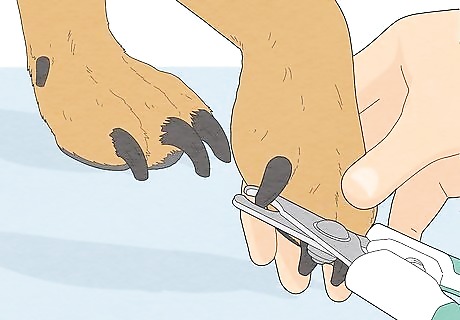
Split the pedicure into multiple sessions if needed. If your dog is nervous–or if you’re nervous–it’s totally okay to only clip one nail for now. Keep the experience positive for both of you and just try again later. Meanwhile, take your buddy for extra walks on cement surfaces to file their nails down little by little.
















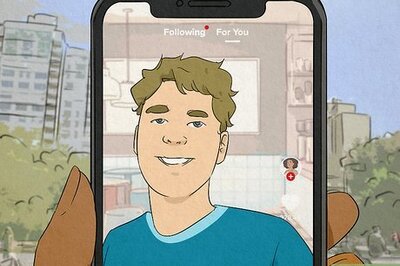


Comments
0 comment